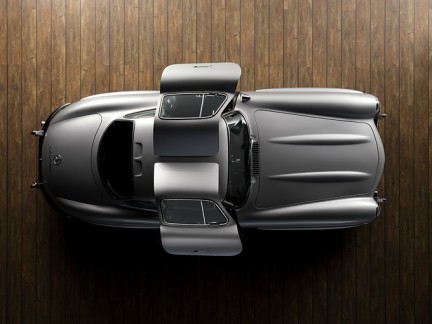Text: HowstuffworksWhile most concept cars never reach real-life proportions, every once in a while, a concept car with real-life possibilities tours the auto-show circuit. The Chevrolet California IROC Camaro concept car, built for the 1989 show audience, ranked as one of the most promising concept cars. During its debut at the Los Angeles Auto Show in January of that year, it attracted plenty of attention from Californians and visitors alike.
And why not? The Chevrolet California IROC Camaro was a curvaceously fluid vision of tomorrow, bound to excite both long-standing Camaro fans and people who had never experienced the rush of exhilaration a sporty 2+2 coupe can deliver.
Just a glance at the amount of glass revealed the car's California influence and the attempt to lure the eyes of western-state motorists, in particular. No surprise, then, that the design emerged from the General Motors Advanced Design Concept Center at Newbury Park, California. Center director John Schinella described the Chevrolet California IROC Camaro's form as "smooth, rounded-yet aggressive" and ready to "take in the California sunshine." You had to look pretty hard to find any angles or sharp edges in the shapely profile, which rode a wheelbase some three inches longer than the contemporary Camaro, though it was almost half a foot shorter from stem to stern.

Most striking of the design features -- beyond the dramatically flamboyant glass, which wrapped around most of the roof -- was the aggressively pointy (if rounded) dip-down nose. Viewed in conjunction with the elongated headlight housings, the wide air intake slot above the integrated bumper made Camaro's front end look like the grin of a hungry, yet patient, fish. The sloping hood swooped into a sharply raked windshield, creating a streamlined look that almost made the attractive contemporary Camaro seem stodgy by comparison.
Tall, rounded wheel wells surrounded the front and rear tires, while the inwardly-curved, lower bodysides rode close to the ground. Flush-mounted side glass and mirrors hovering at the end of elongated, integrated nacelles completed the startling aero appearance. Even though the side pillars weren't exactly tiny, they were barely noticed because of the fluidity of the Chevrolet California IROC Camaro's packaging.
While the car displayed a distinct forward rake, the back end wasn't as tall as some -- it didn't look like it was about to dive head first into the ground. Slimly tapered tail lamps and a sliver of spoiler blended neatly into the rear flanks. The glass hatchback opened fully, all the way down to the bulky, integrated bumper, revealing a sizable luggage compartment.

1989 Chevrolet California IROC Camaro Concept Car Design
The design of the 1989 Chevrolet California IROC Camaro concept car offered a number of surprises to Camaro fans who had thought they knew the car inside and out.
The concept Camaro was given quasi-gull-wing doors that pulled upward, and hauled part of the glass roofline along with them. They also shifted forward at a 45-degree angle, so you didn't have to be a contortionist to slip into the driver or passenger seat. Seating was 2+2, just like the contemporary Camaro, and more than likely was just as cramped in the back, though the three-inch stretch in wheelbase helped some.
Once inside, the driver faced a full set of analog instruments (and a digital speedometer) in a cockpit that felt more like that of an airplane than an automobile. In fact, the layout of the Chevrolet California IROC Camaro was inspired by Formula One racers. Just in case you forgot where to sit, the swiveling driver's seat was red upholstery while the passengers rested on black.
The red seat could even be custom-fitted to a single driver -- which might have caused a bit of discomfort and irritation when the spouse or youngsters took the car out for an evening. Maybe not, though, because the interior was designed to offer a precise relationship between arms, legs, steering wheel, and pedals -- handling a broad variety of (human) body types and sizes. So maybe everybody would be relatively comfy.

That same precise relationship extended to the nearby, high-mounted gearshift lever, which traveled from one ratio to the next with a mercifully short throw. No need to reach halfway across the front passenger to snick into top gear. Performance fans loved it.
Nobody liked to settle their designer jeans onto dusty upholstery, so Chevrolet thoughtfully included a little vacuum cleaner in the console, with the urging that the driver better wait until standstill, for safety's sake, before switching on the suction.
With both Camaro and IROC monikers attached to the car, it was a sure bet that performance wouldn't be ignored, though the folks at GM weren't ready for some time to name a specific powertrain for any production version. However, the prototype carried a dual over-head cam V-6, leading observers to believe that if a readable version of the California Camaro were to appear, horsepower might run in the neighborhood of 250.
All Camaros in the past had come with a choice of engines, so at least one smaller powerplant was sure to be offered. Not every customer demanded the sensation of being rudely shoved back when tromping hard on the gas pedal. Thankfully, hefty 17-inch tires (P235/50R17 at the prototype's rear) handled the top end of the engine spectrum without flinching.

1989 Chevrolet California IROC Camaro Concept Car Development
The 1989 Chevrolet California IROC Camaro concept car development incorporated practical, as well as visionary, ideas. For example, there was not much chance that the future Camaro would give up its traditional rear-wheel drive. Anti-lock braking, evident in the show car, would likely appear on a production Camaro as well, since it was fast gaining popularity with motorists, and insurance companies alike, as a "must have" safety feature.
Following early directions from GM's design chief, Charles Jordan, a 50-person team handled the creative duties in California to make this "tomorrow" Chevrolet California IROC Camaro a potential reality. Amazingly, they went from a scale model to a full-size metal prototype in just six months. Yes, that's a metal body, not fiberglass or composite -- quite a surprise for such a shapely form, created in so little time.
Even if it had no other virtues, the car would demonstrate what can be accomplished using ordinary rather than exotic construction materials. Out of a half-dozen reduced-size, clay models, the California design team chose one body style and sent it to a California prototype builder to be turned into sheet metal.

Few doubted that the Chevrolet California IROC Camaro concept car would, at the very least, influence the ultimate design, even if most of the individual elements disappeared in the process -- giving way to conventionality and practicality.
Most believed that details such as the pointy nose, for instance, or the non-traditional doors, might fade away sometime during the race toward the marketplace.
Nevertheless, neither the California nor the related Pontiac Banshee were likely to be consigned to the dustbin when the time came for a final rendering of the next generation 2+2 coupe.
1989 Chevrolet California IROC Camaro Concept Car Specifications
The 1989 Chevrolet California IROC Camaro was unique in that it wasn't just a dream car -- it was a dream car with real-world possibilities. Nothing makes this clearer than a quick glance at the Chevrolet California IROC Camaro specifications listed below.
Manufacturer: Chevrolet Motor Division, Warren, MI and GM Advanced Design Concept Center, Newbury Park, CA
Body design: 2+2-passenger, 2-door coupe; steel body, steel frame
Powertrain layout: front-engine, rear-wheel drive
Wheelbase: 104.0 inches
Overall length: 186.4 inches
Overall width: 73.0 inches
Overall height: 48.8 inches
Track, front: 60.5 inches
Track, rear: 60.5 inches
Weight: not available
Approximate price: not available
Engine type: dohc V-6 (24-valve)
Displacement (liters/cu. in.): not available
Horsepower @ rpm: not available
Torque (lbs./ft.) @ rpm: not available
Fuel delivery: not available
Transmission: 5-speed manual
Suspension, front: MacPherson struts
Suspension, rear: independent
Brakes: front/rear discs
1989 Chevrolet California IROC Camaro Concept Car Performance
Top speed: not available
0-60 mph: not available
Quarter-mile: not available
mph @ quarter-mile: not available

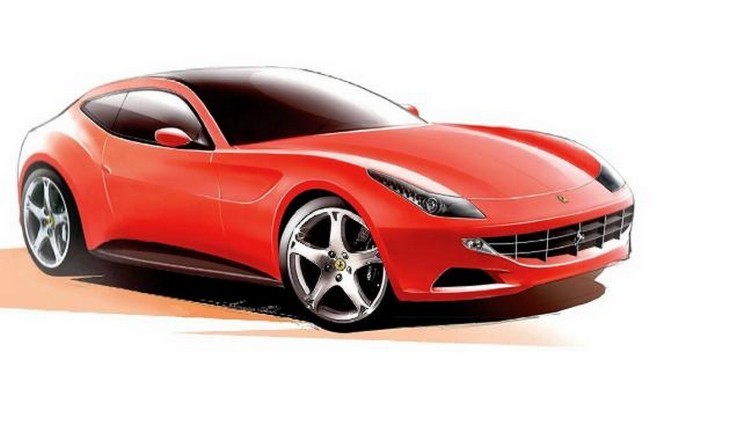

















 Lamborghini Miura Spyder
Lamborghini Miura Spyder 1935-1939 Alfa Romeo 8C 2900
1935-1939 Alfa Romeo 8C 2900 1937 Talbot Lago Figoni Falaschi
1937 Talbot Lago Figoni Falaschi Citroen DS
Citroen DS
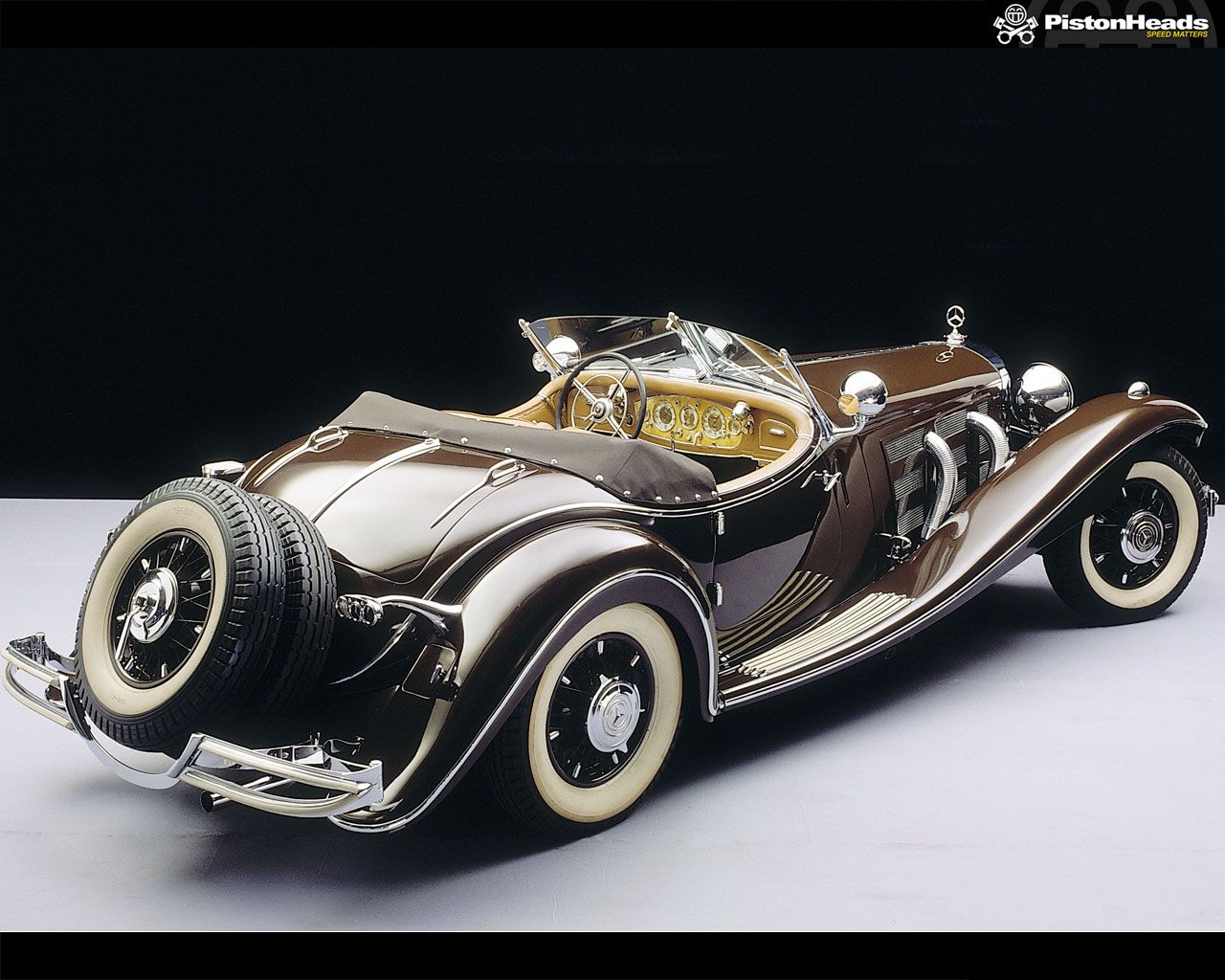 1934 Mercedes 500K
1934 Mercedes 500K 1936-38 Bugatti Type 57 Atlantic
1936-38 Bugatti Type 57 Atlantic  1936-1937 Cord 810/812
1936-1937 Cord 810/812 The Series-1 Jaguar E-Type (XKE)
The Series-1 Jaguar E-Type (XKE) 1936 Auburn Speedster
1936 Auburn Speedster 1931 Daimler Double-Six 50 Corsica Drophead Coupé
1931 Daimler Double-Six 50 Corsica Drophead Coupé
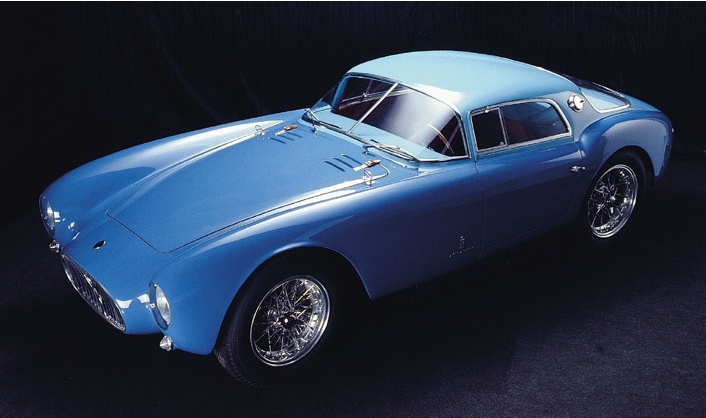 1954 Maserati A6GCS Lombardi
1954 Maserati A6GCS Lombardi 1969 Lamborghini Marzal
1969 Lamborghini Marzal 1984 Ferrari 288GTO
1984 Ferrari 288GTO Ferrari 512S Pininfarina (1969)
Ferrari 512S Pininfarina (1969) Lamborghini Zagato Raptor (1996)
Lamborghini Zagato Raptor (1996) 1968 Dodge Charger III
1968 Dodge Charger III 1970 Lancia Stratos Zero
1970 Lancia Stratos Zero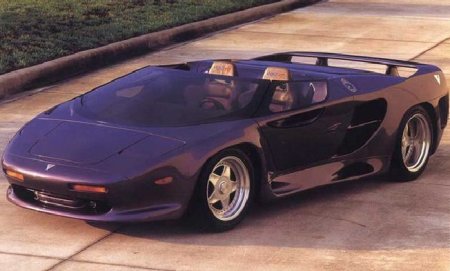
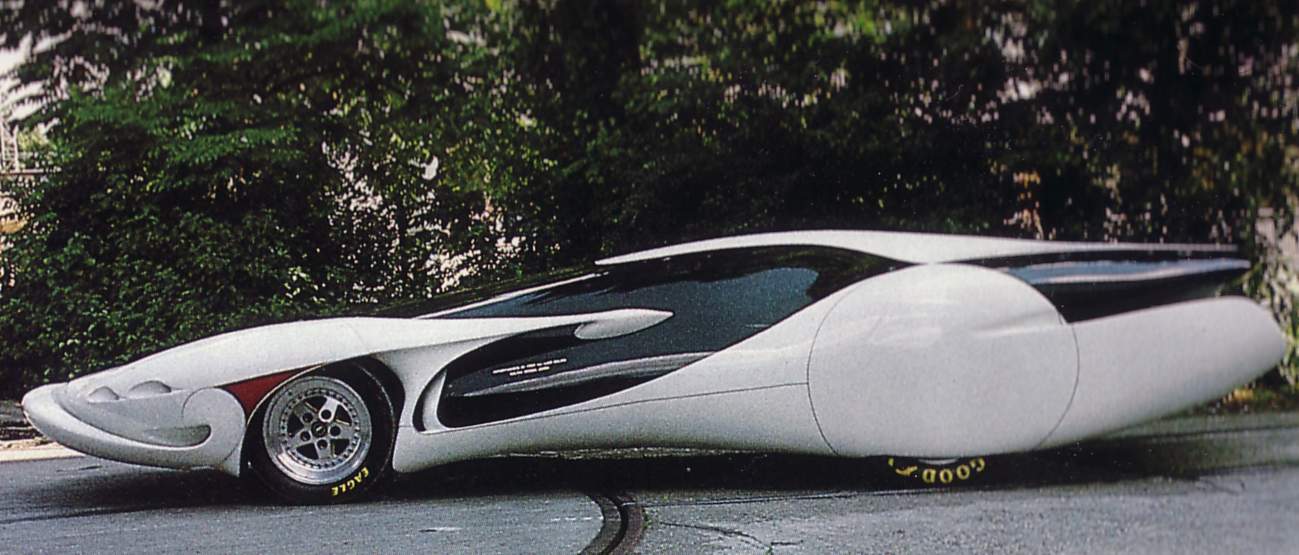 Colani Corvette (1989)
Colani Corvette (1989)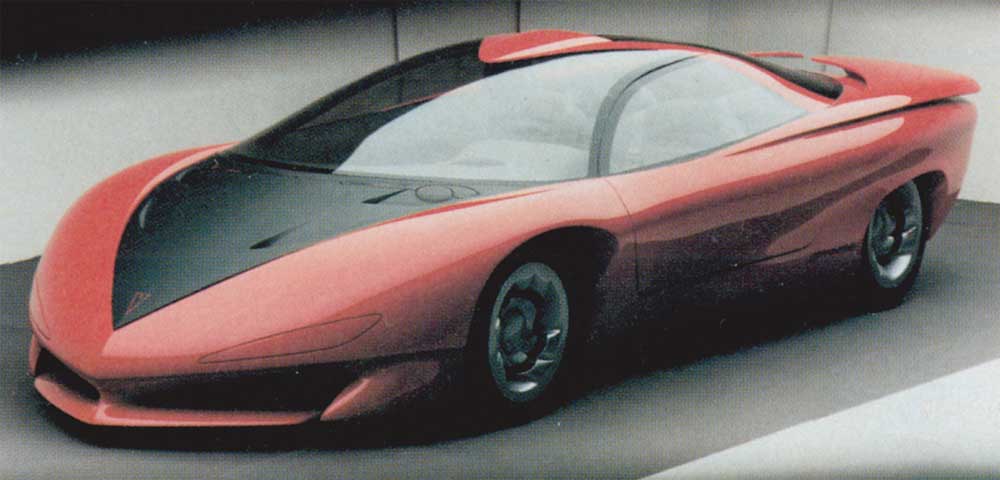
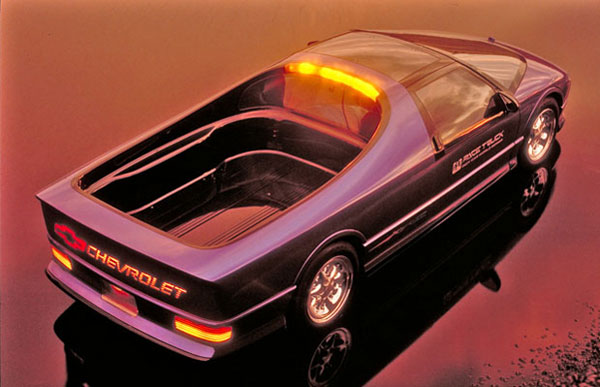



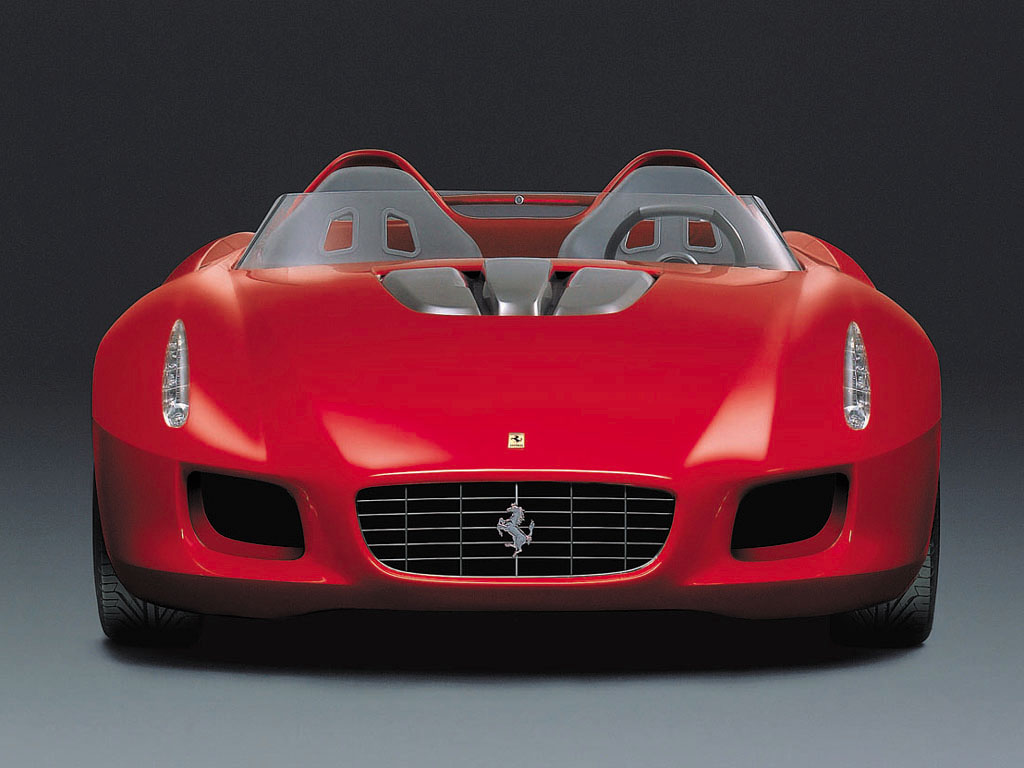
 1966 Jaguar XJ13
1966 Jaguar XJ13











 1957 Porsche 356 Speedster
1957 Porsche 356 Speedster

